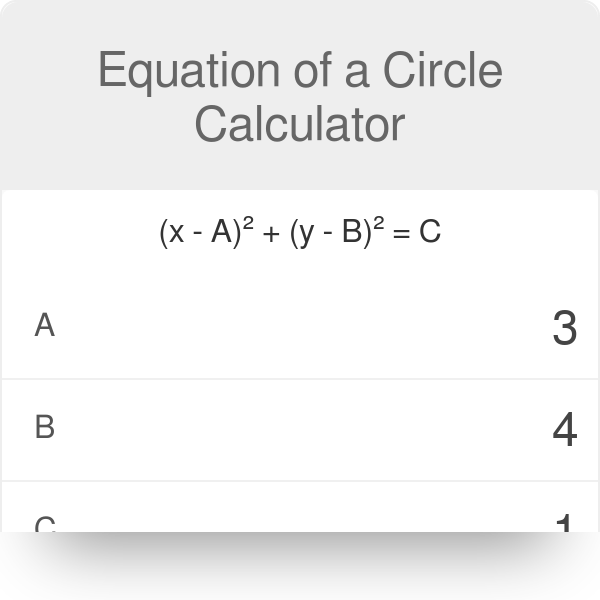

- Google 42 newton meters equals how many foot pounds skin#
- Google 42 newton meters equals how many foot pounds full#
- Google 42 newton meters equals how many foot pounds plus#
Dynamic wind speeds at various locations in the United States are determined from wind speed maps in the ASCE/ SEI 7 document. Thrust will be roughly the same.The correlation between dynamic wind speed and static equivalent pressure is formulaic in nature. The question would be better framed if the intended purpose was given. If you actually want to move then it is POWER that matters. The thrust rating of trolling motors is nonsense anyhow unless you want to have tug-of-wars. The original question posed does not make much sense unless there is an application in mind. It is possible to get larger diameter props for many of the small combustion outboards for low speed, high thrust applications. However the trolling outboards tend to have larger diameter props than the little combustion outboards so one of the larger trolling motors will produce similar thrust to a 2HP outboard. This is more powerful than any of the Minn Kota range of trolling motors as far I know. The smallest commercial combustion engine outboard I know of is 2HP.
Google 42 newton meters equals how many foot pounds plus#
The force will be lower but you now have the blade advancing through the water plus the added slip to generate the thrust. If you actually want to move then the prop size will reduce and gearing ratio will be lower so it spins faster. Realistically the power will be roughly twice this level to make up for drag of the blades through the water. The power required to achieve a certain bollard pull for a zero loss system is: So the water velocity needed to generate the thrust is small and the area that it acts over is large. If you were solely interested in bollard pull without actually moving then you would go for the biggest possible prop and gear it down. Short of putting strain gauges on its mounting bracket, we generally don't- and can't- know this value accurately.īut the key message in all that math I just posted is this: You cannot make a direct comparison between thrust (force) and power, unless you also know the speed of the vessel when it is absorbing that thrust or that power. Now, all of what I've just said rests on a big assumption- that we actually know what thrust the trolling motor is making at a given speed. You'd probably find that a 2 hp outboard at about one-half to two-thirds throttle would be roughly equivalent. The question becomes, then, what gas engine will produce 2/3 hp at the prop shaft. Shaft power has the exact same meaning regardless of what is turning the shaft. To get the same 55 lbf of thrust as above, again with a 50% propeller efficiency, we get the exact same 0.49 kW or 2/3 hp.
Google 42 newton meters equals how many foot pounds full#
An outboard's SHP rating is usually at full power (very near WOT) and usually measured at the propshaft. To compare against a gasoline engine is a little harder. At 24 volts that's about 26 amps at 12 volts, more like 52 amps. Electric motors aren't perfect, let's say our example motor is 80% efficient at full power, so we're up to 0.62 kW of electric power that's actually being sent into the thing. Then it's actually producing 0.49 kW or 2/3 hp.

Now, once again for the sake of argument (these figures might not be representative of your actual setup) let's say your propeller efficiency on that trolling motor is 50%. If you're getting the full 55 lbf of thrust at this speed, then your hull has 55 lbf total resistance at this speed. Let's say for the sake of argument that you'll be going at 2 knots, or 1 m/s with the trolling motor at full power. When you look at a trolling motor rated for something like "55 lb thrust", the figure given is often the maximum thrust that motor will give. (Really good, well-matched props can sometimes be 70%+ efficient.) For example, a gearbox might take 3% off the engine's brake horsepower, and a typical propeller would convert 50-60% of the horsepower that reaches it into useable thrust. The actual power produced by the engine is substantially larger, as much of the engine power is lost to inefficiencies at various points in the system.
Google 42 newton meters equals how many foot pounds skin#
The power absorbed by a hull is its resistance (wave drag, skin friction, etc.) multiplied by the speed at which it is travelling.


 0 kommentar(er)
0 kommentar(er)
